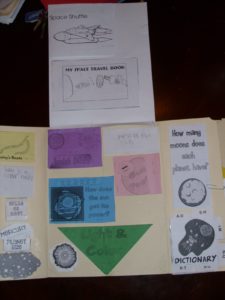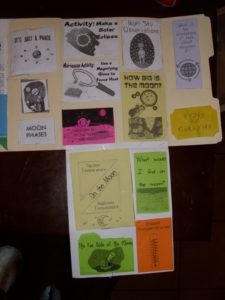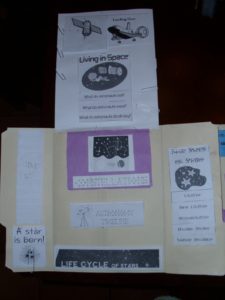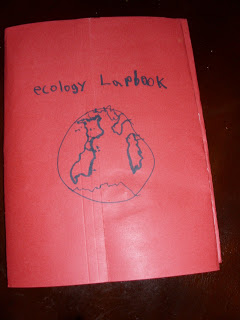 Though we didn’t get pictures of the science experiments and investigation we completed during our science studies, we can at least share a little bit about the lapbooks we completed. Now, science is a big deal here in our home, as we have two boys who will go crazy over doing experiments. I’ve declared this week Super Science Experiment week, so hopefully I’ll have some neat findings to publish by the end of the week. We are still playing “catch up” here to document the major projects we’ve completed thus far this year.
Though we didn’t get pictures of the science experiments and investigation we completed during our science studies, we can at least share a little bit about the lapbooks we completed. Now, science is a big deal here in our home, as we have two boys who will go crazy over doing experiments. I’ve declared this week Super Science Experiment week, so hopefully I’ll have some neat findings to publish by the end of the week. We are still playing “catch up” here to document the major projects we’ve completed thus far this year.
So, our first six weeks we studied ecology. In conjunction with our ecology memory work, we also used The Jason Project Resilient Planet curriculum. (It was free in back in 2010.) The boys watched the videos on-line, which really deepened their understanding of how living things in this world interact with each other and with the nonliving things in their environment. There are other units to complete on geology, energy, and weather. We did not find very many resources by themselves for this lapbook, so we took our memory work and things written in the Resilient Planet video clips and created our own lapbook templates.
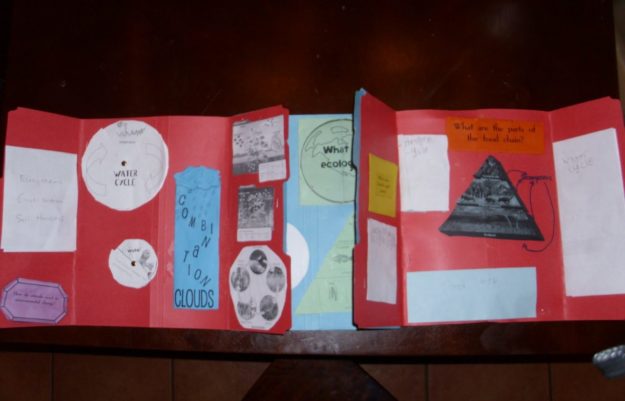
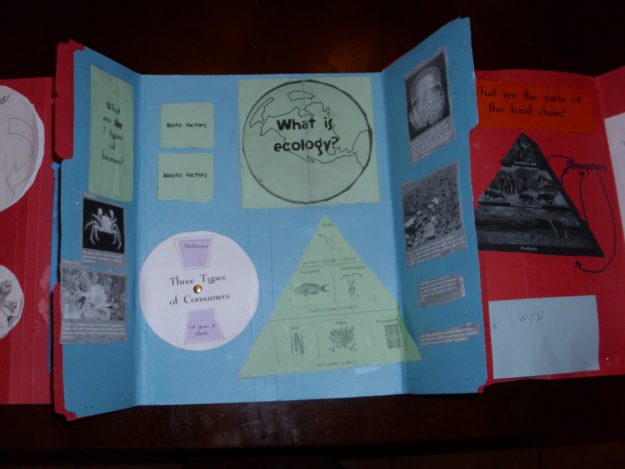
Okay, so then we spent about eight weeks on astronomy. We used Jeannie Fulbright’s Exploring Creation through Astronomy. Stephen has picked up this book so many times to read during his free reading time. It is a great book. We found many, many lapbook components and ideas (like homemade meteorites in the backyard!) at Homeschoolshare.com but it took some time to find them all, as some of the resources we used were under multiple literature unit studies (like Maria’s Comet and Call Me Ahnighito), but the Space Lapbook was pretty thorough in and of itself. We also used a few things from NASA’s Journey to the Stars curriculum, but we were not impressed with some of the things in the corresponding DVD. However, many of the things in the teacher educator’s guide that goes with the movie were useful. And now, for the lapbook pictures.
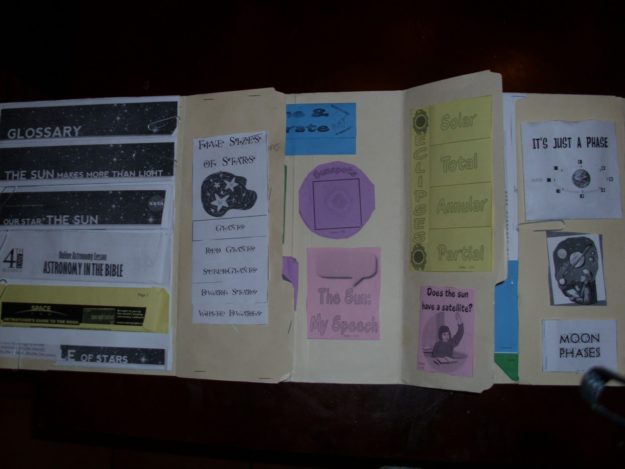
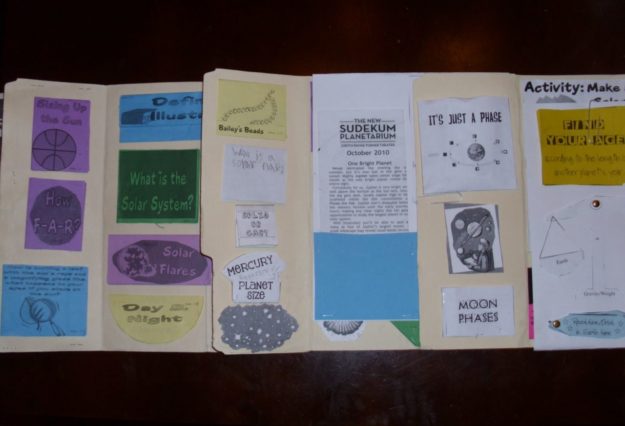
This is by far the largest lapbook we have EVER made. It just keeps going and going and going… I have many more pictures of it, but this at least will give you an idea of the things that were included in this lapbook.
During the month of October, Jupiter was bright in the night sky, and we spent many nights looking into the telescope and logging the phases of the moon. We found our ages according to the length of the other planets’ years and figured out how much we would weigh on the different planets. We talked about famous astronomers, satellites, the sun, the moon, the meaning of each planet’s name, and many other space-related topics. Some of the experiments and investigations included:
- Making a solar eclipse
- Using a magnifying glass to focus heat (on chocolate and a leaf!)
- Creating a scale model of our solar system
- Determining the effect of a satellite’s distance on revolution
- Creating a rocket using film canisters and alkaseltzer
We also created a moon phase project from Mr. Q’s Labnote Archive at http://www.eequalsmcq.com/, which allowed us to see the entire moon phase cycle VERY easily – all you need is a cardboard box, a black marker, some glue and some ping-pong balls. You can also see Mr. Q’s Labnote on the moon phases here.
We watched some interesting on-line lessons about the morning star and the wandering stars from 4th Day Alliance and even had the chance to participate in an on-line seminar called Astronomy in the Bible. We also listened to NASA’s Lost Bible Quotations.
And, as a side note, we can’t forget that Levi participated in the studies by watching Baby Galileo. 🙂 Finally, we made some moon phase cookies and invited friends over to enjoy them with us!

